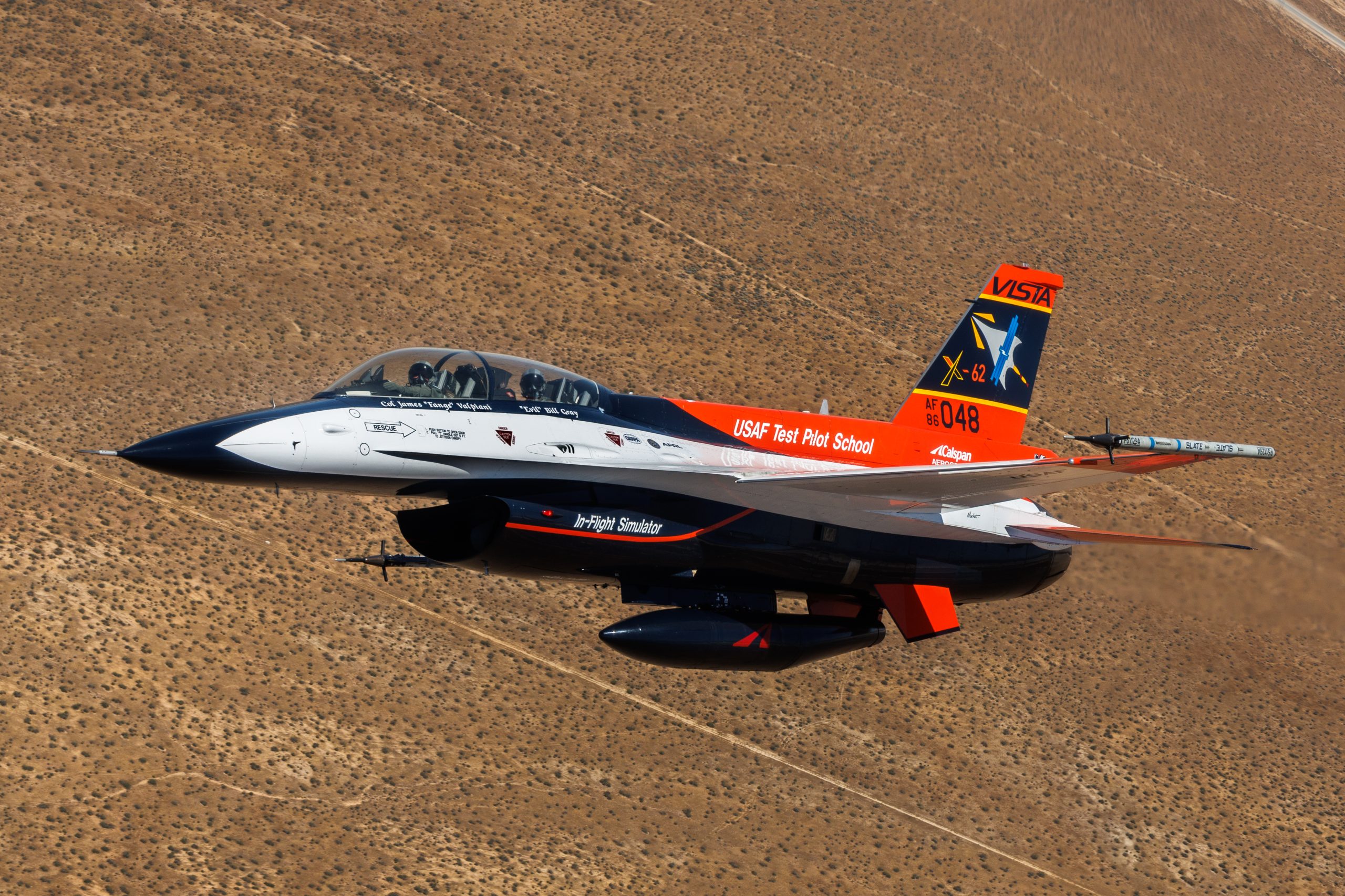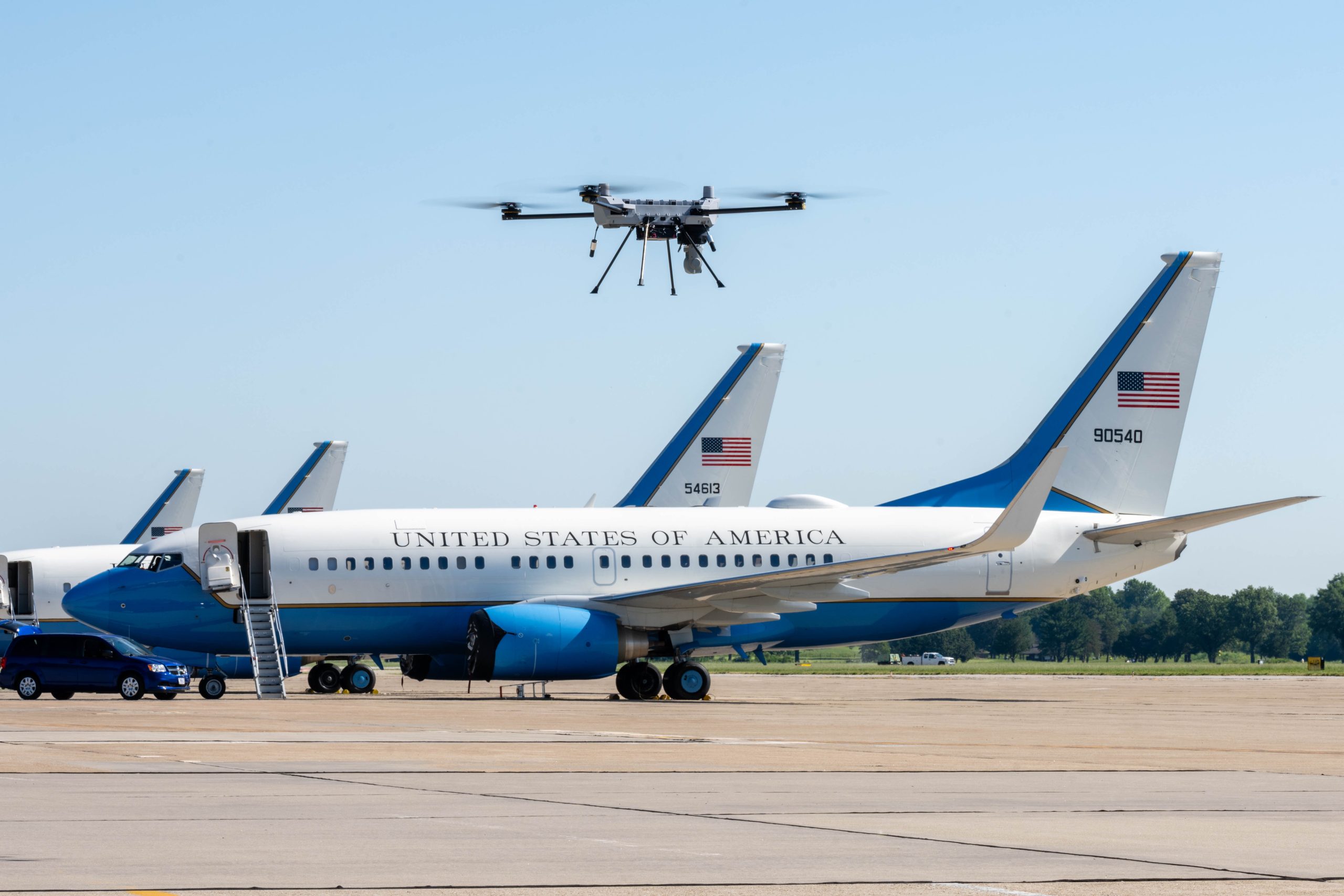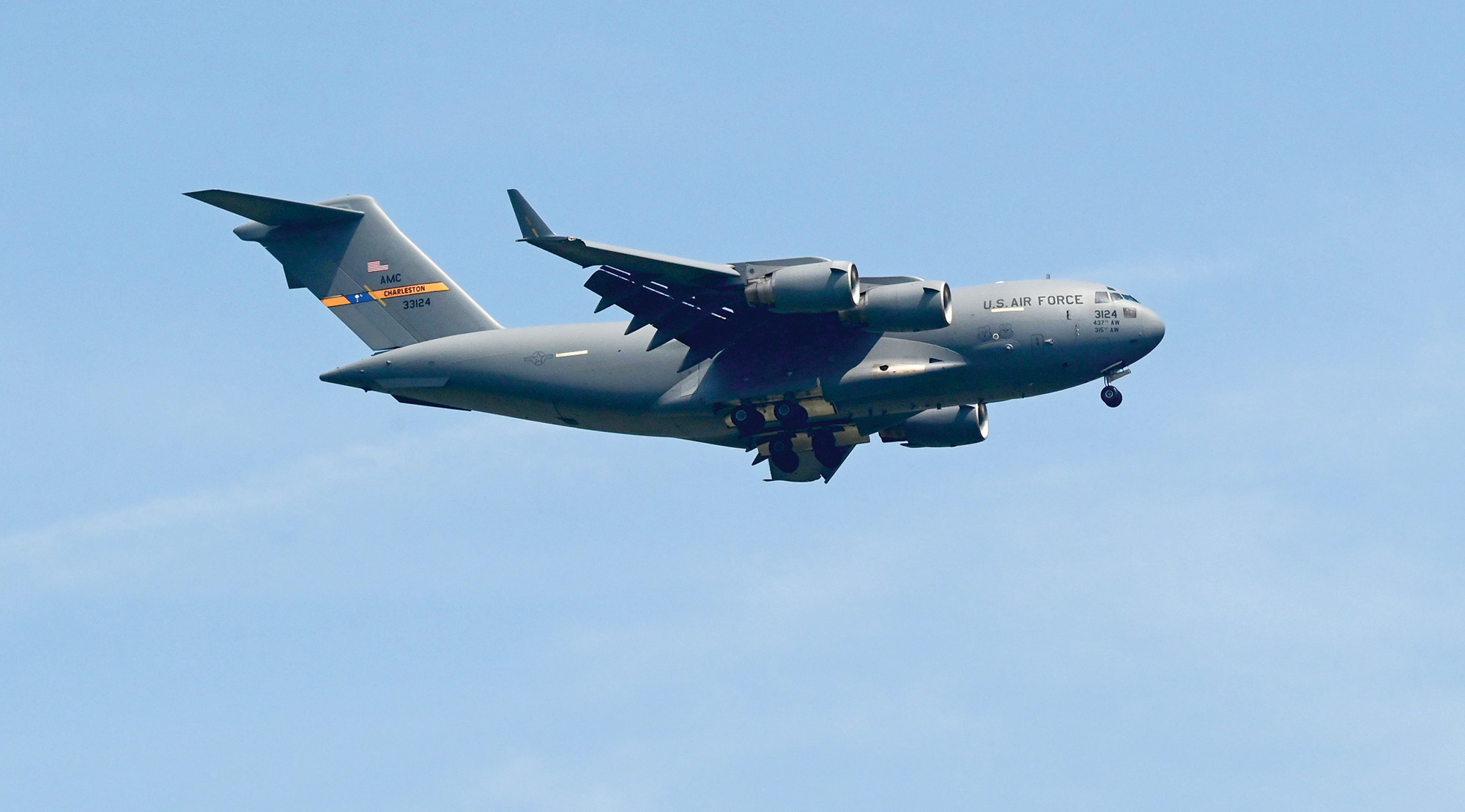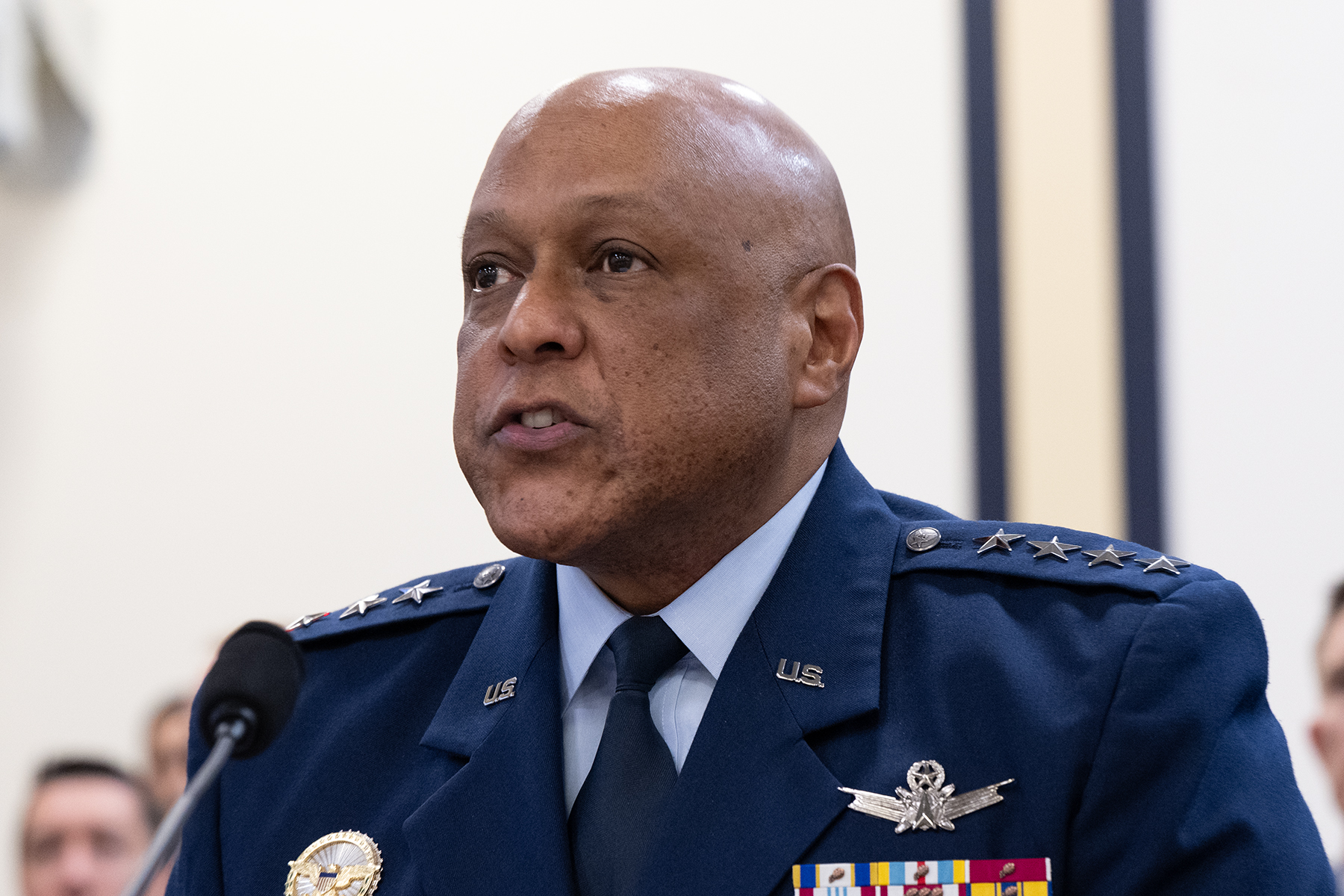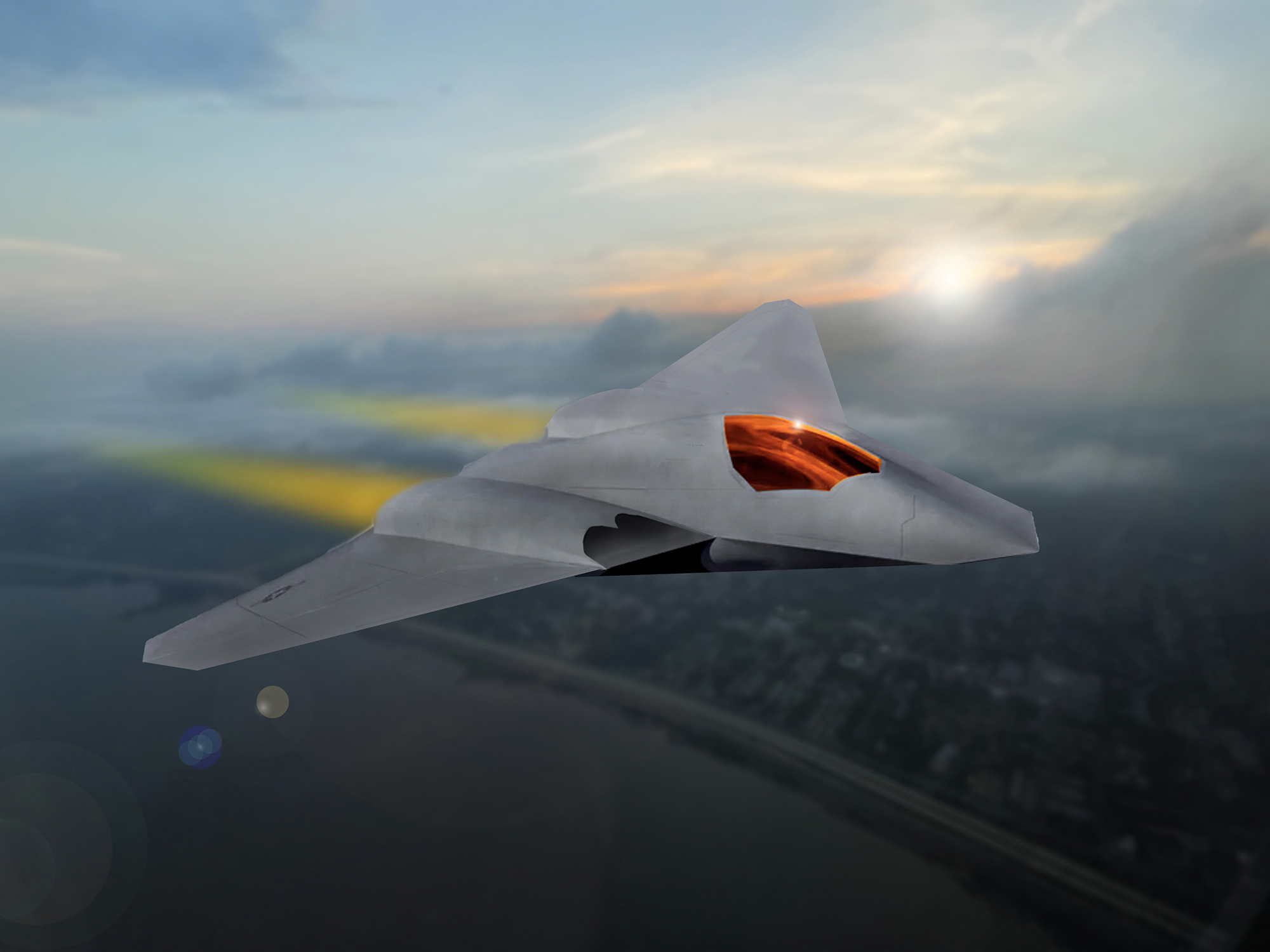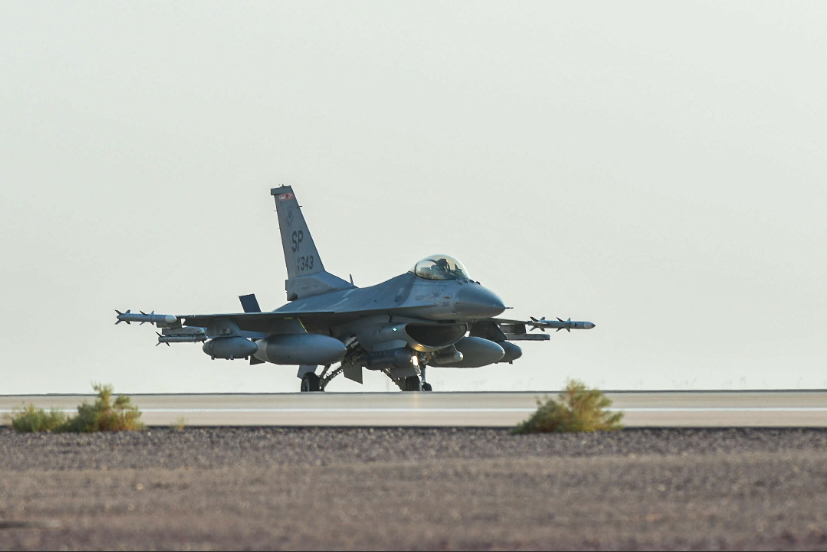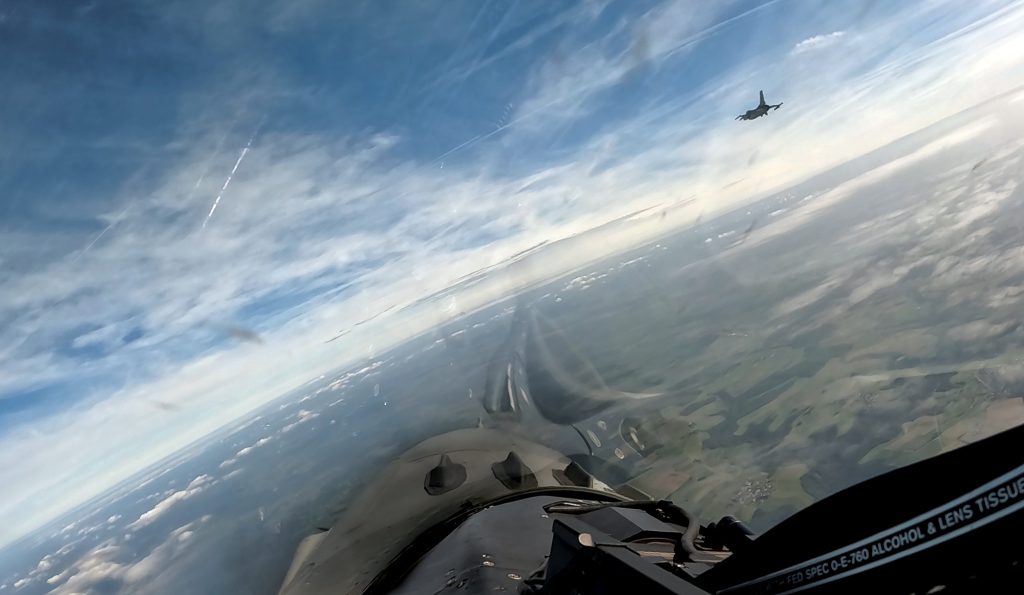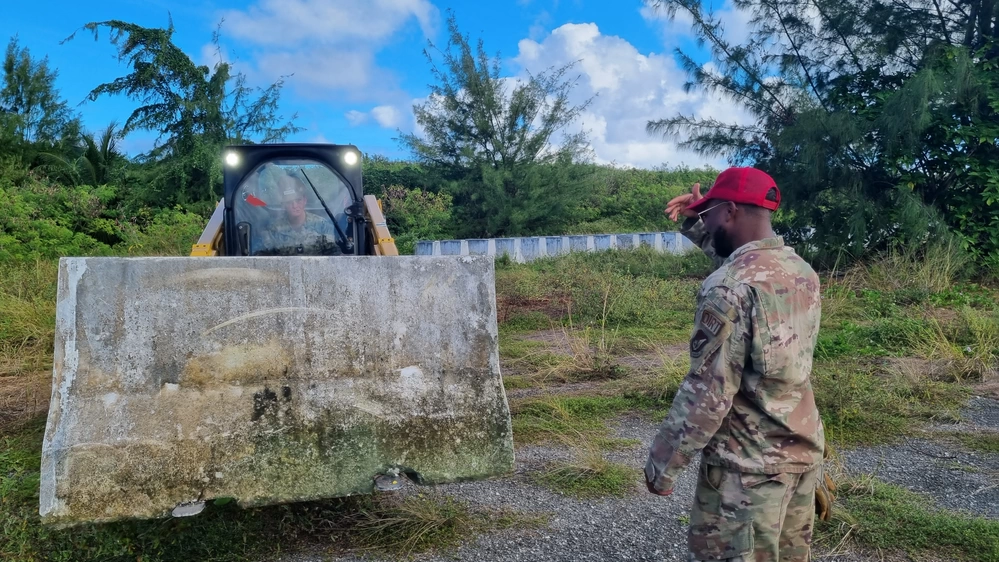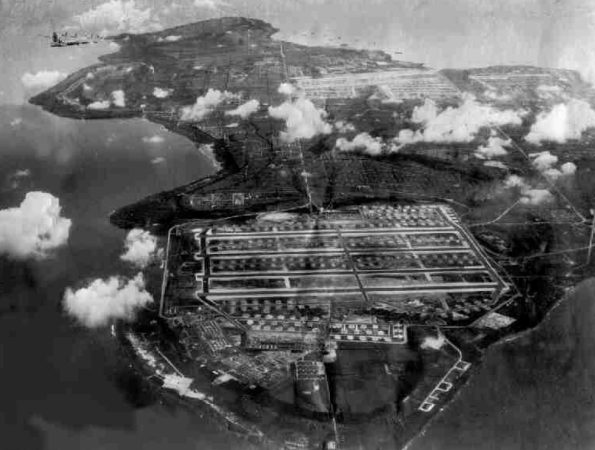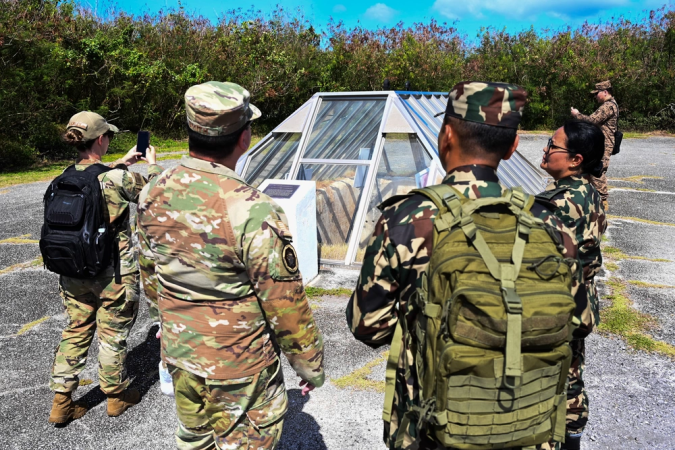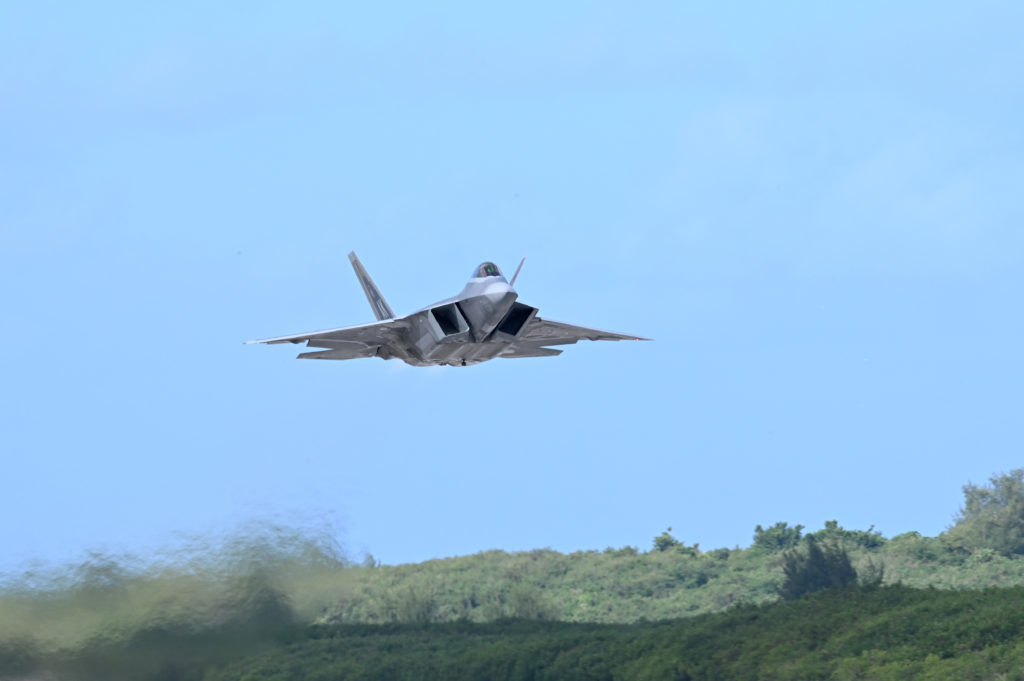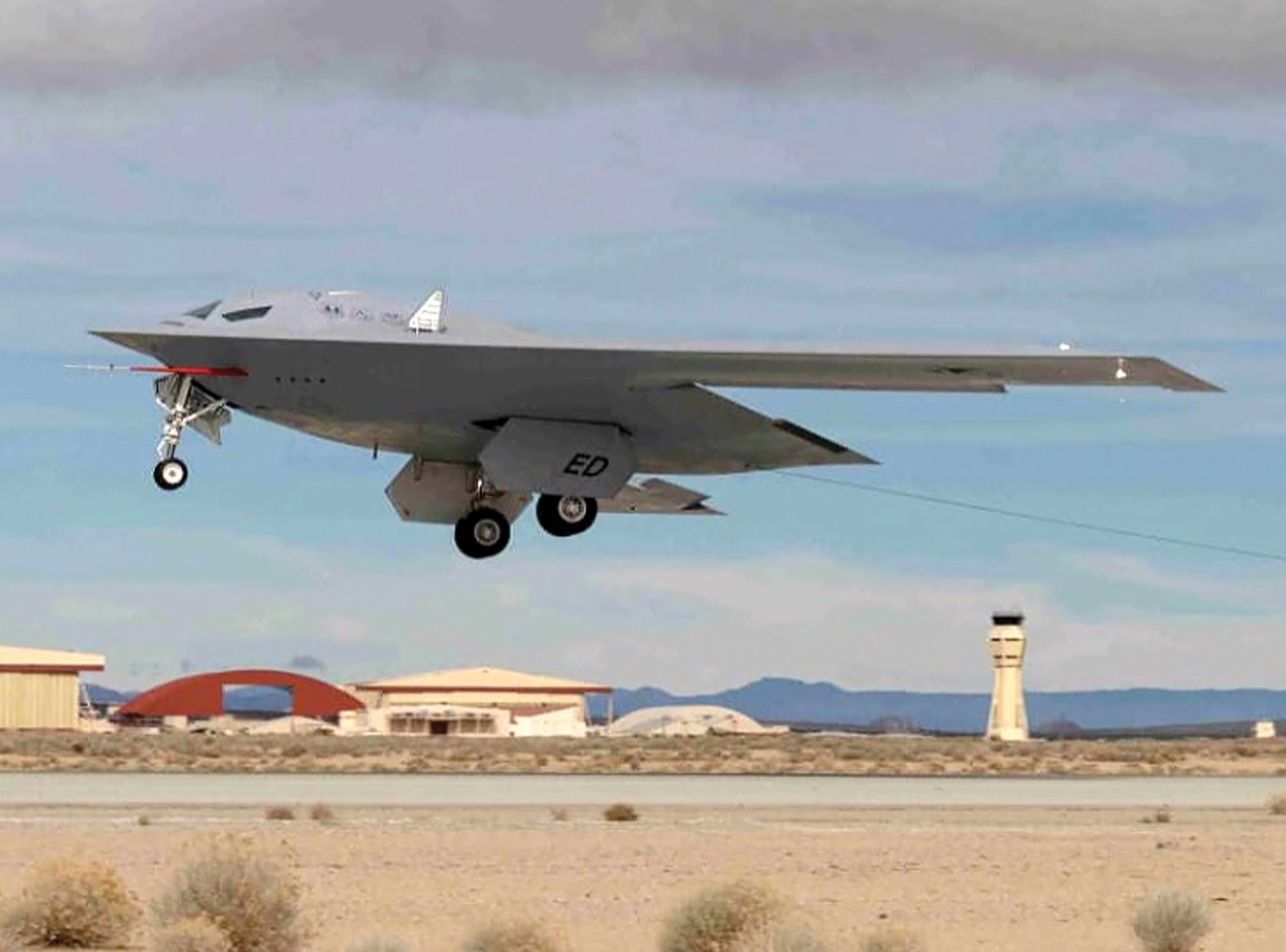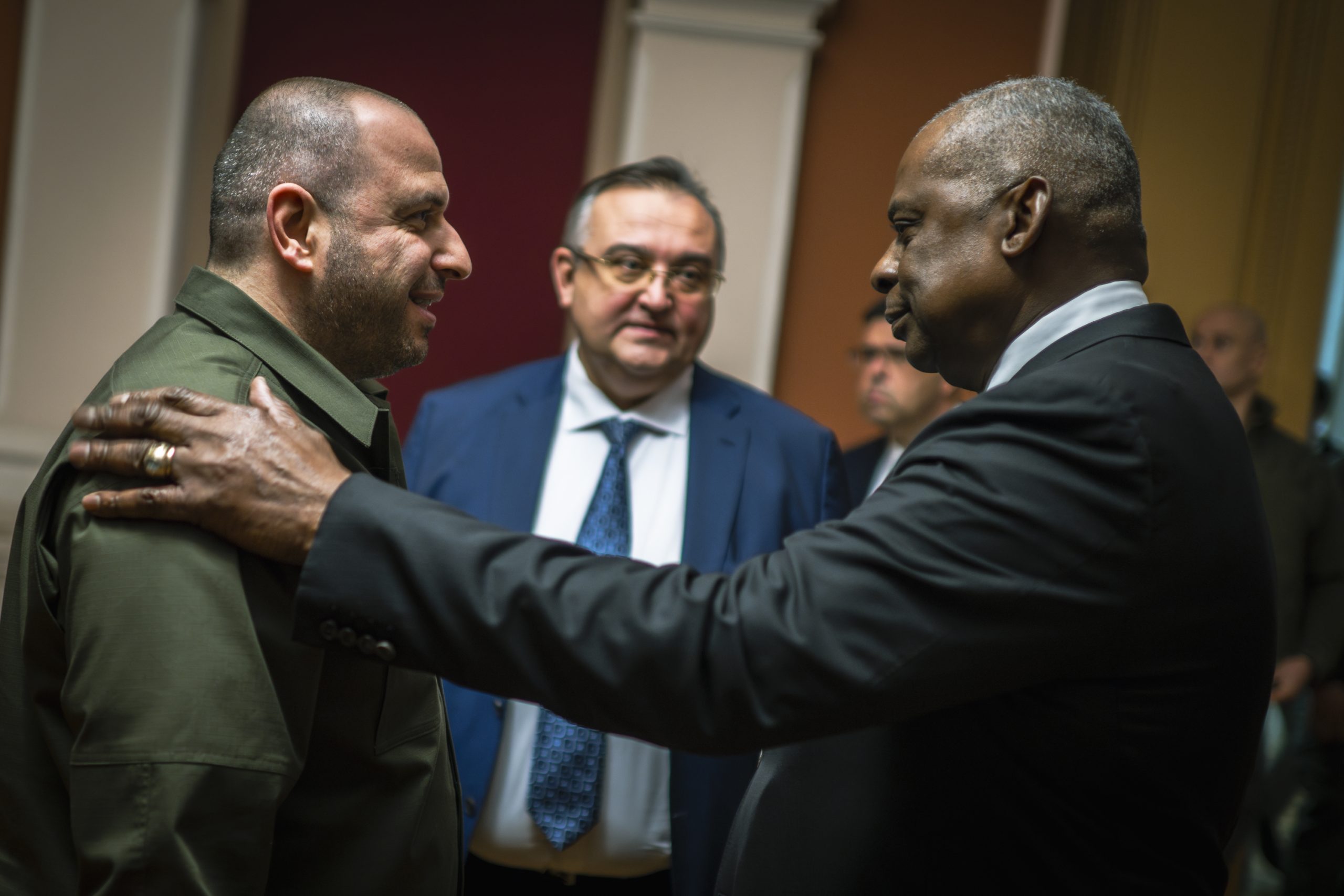China thinks it will be able to invade Taiwan by 2027 and has developed a technology edge in many key areas—but it is artificial intelligence that may be the decisive factor should conflict erupt, Air Force Secretary Frank Kendall said Oct. 29.
In a panel discussion at the Microelectronics Commons Annual Meeting and National Semiconductor Technology Center Symposium, Kendall reiterated what has been the defining message of his tenure: China has grown in capability, erasing U.S. military advantages, and represents an imminent threat.
Chinese president Xi Jinping “has told his military to be ready by 2027 to take Taiwan and defeat the United States if we intervene,” Kendall said. “They’re working very hard to meet that goal. I have no idea what Xi Jinping will do in 2027, but I am pretty sure that his military will tell him they’re ready, and we’ll be in a period of much greater risk.”
That risk, Kendall said, is heightened by the fact that China has designed its forces to blunt American “high value assets”—satellites, large military bases, aircraft carriers and capital ships, air bases, command and control nodes and logistical nodes—and abandoned its “large, relatively primitive” force structure centered on a large standing army.
On top of that, the Chinese invested in advanced tech—and stole U.S. intellectual property. As a result, Kendall said, they now have an advantage in cruise missiles and hypersonic weapons and are working to build one with targeting satellites and advanced, automated battle management systems.
Moreover, ‘they’re reaching out to ever-longer ranges to try to attack assets such as our tankers, for example, or our command-and-control aircraft that traditionally have operated out of range of the threats and been able to operate pretty much with impunity,” the secretary said.
Now, the U.S. and China are in “a race for technological superiority” rather than a “classic arms race … where we’re trying to build more battleships than they are.”
Addressing the topic of the conference, Kendall said microelectronics is “the enabling technology for all sorts of advances that we’re making. There are people who have said that … the AI competition is essentially going to determine who’s the winner in the next battlefield. I don’t think that’s all that far off.”
But rather than use AI as a catch-all buzzword, Kendall said he thinks of it in terms of the “specific applications” to which it can be applied, such as pattern recognition, automation, decision-making, and support functions. “On the battlefields of Europe … and to some degree, in the Middle East” are proving that these applications are “changing the character of warfare,” he said.
Perhaps the most high profile AI application for the Air Force is in its Collaborative Combat Aircraft program.
In May, Kendall flew in the X-62 VISTA F-16, which is equipped to test out “AI agents” for dogfighting. The computer on board was given a situation and flew against live-crew adversaries.
“We … did that with multiple different contractors [and] versions of the software, and it worked very well,” he said. The CCA program is “moving forward pretty quickly” and will require billions of dollars that depends on microelectronics, Kendall said.
Arati Prabhakar, of the White House Office of Science and Technology, shared the stage with Kendall and likened the AI revolution to former Defense Secretary William Perry’s push for stealth, the Global Positioning System, and other “transformational capabilities” in the 1970s.
“At the time, [Perry] testified before Congress, and he said, ‘if we do this, it will give us a 40-year advantage, because no one else has access to these technologies.’ Well, 40 years have come and gone and he was right, but we’re not going to get 40 years from any one next step in capability, because as hard as and fast as we are all running, we’re not the only country that gets to play in advanced technology anymore,” Prabhakar said.
Because of that, Prabhakar said, breakthrough research is important, but even more vital is the ability “to get it into production and use.”
Kendall said he views technology development as relying first on “exquisite, deep knowledge to make breakthroughs and move move forward. But “once that that breakthrough has been accomplished by very specialized people, generalists can do applications of that technology to a wide range of wide range of things. So we need both … you need ways to translate those ideas into reality as quickly as possible, to demonstrate they can actually be [put into] things you can really build.”
